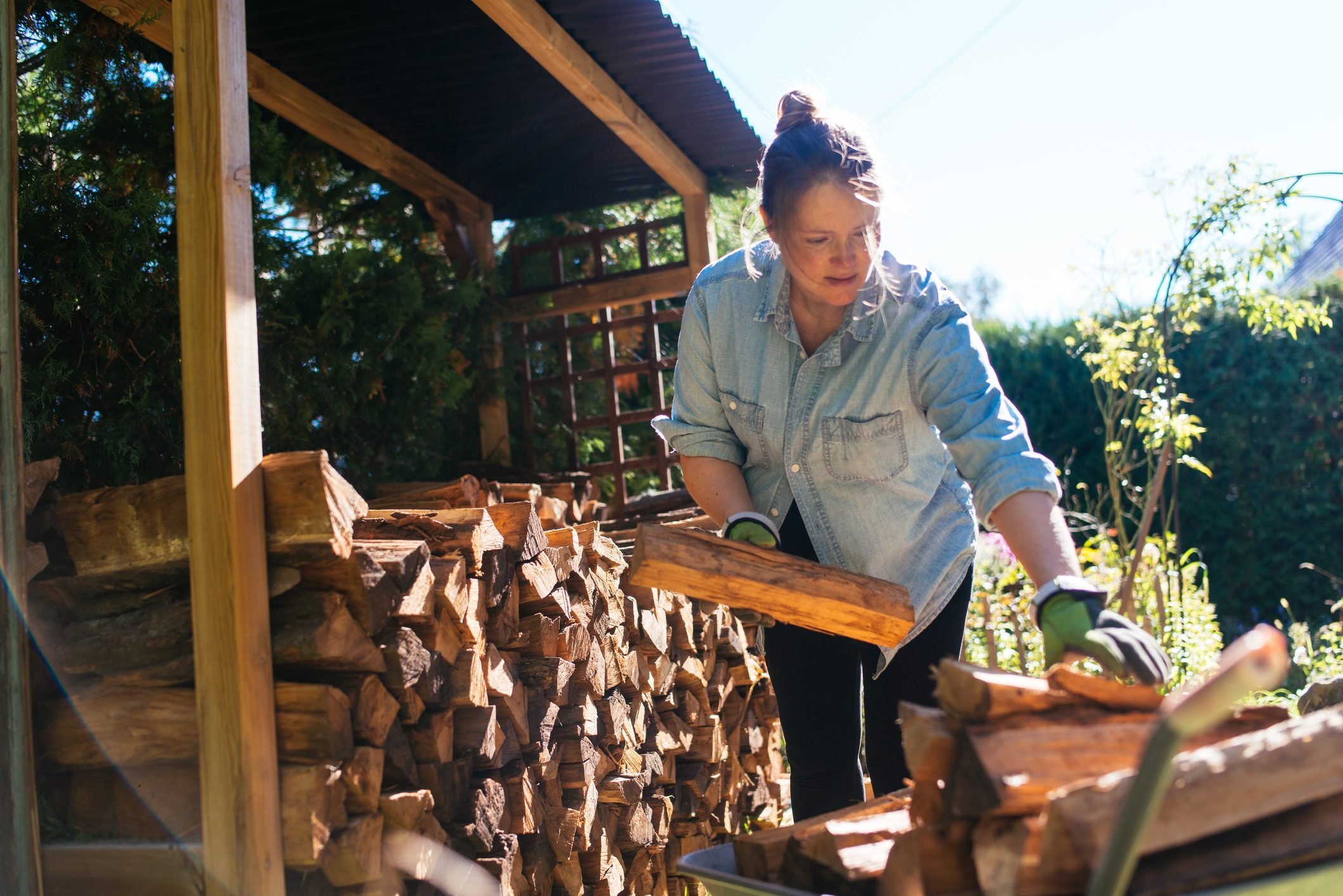

Mastering Firewood: DIY Storage and Maintenance Guide
When it comes to heating your home during the colder months, having a reliable source of firewood is essential. Whether you have a fireplace, wood stove, or fire pit, knowing how to properly store and maintain your firewood is crucial for efficient and effective use. In this comprehensive guide, we’ll explore the key steps to mastering the art of firewood management.
Choosing the Right Firewood
Before delving into storage and maintenance, it’s crucial to start with the basics: choosing the right type of firewood. Hardwoods like oak and maple burn longer and produce more heat compared to softwoods like pine. Make sure the wood is well-seasoned, as green or wet wood can be challenging to burn and produce more smoke. Proper wood selection sets the foundation for a successful firewood experience.
Optimal Storage Conditions
Now that you’ve selected the perfect firewood, the next step is providing the optimal storage conditions. Begin by creating a raised platform to keep the firewood off the ground, allowing air circulation and preventing moisture buildup. Consider covering the top of the woodpile with a waterproof tarp, leaving the sides open to promote ventilation. This strategy protects your firewood from the elements, ensuring it remains dry and ready for use.
Stacking Techniques for Efficient Storage
Effective stacking not only optimizes space but also aids in proper seasoning. Stack the firewood in a crisscross pattern, allowing air to circulate through the stack. This promotes faster drying and reduces the chances of mold or insect infestations. A well-organized woodpile not only looks aesthetically pleasing but also enhances the overall functionality of your firewood storage area.
Regular Inspection and Rotation
Regular inspection is a crucial aspect of firewood maintenance. Periodically check for signs of decay, mold, or insect activity. Remove any damaged or infested pieces to prevent the issues from spreading. Additionally, consider rotating the older logs to the front of the pile, ensuring that you use the oldest wood first. This simple practice helps maintain a consistent quality of firewood for optimal burning.
Protecting Against Pests
Wood-boring insects and pests can quickly become a nuisance if not addressed promptly. To protect your firewood stash, consider treating it with a natural insect repellent. You can use substances like neem oil or borax to create a protective barrier. Regularly inspecting your woodpile and applying these treatments can help prevent pests from making a home in your firewood.
DIY Firewood Maintenance Techniques
While proper storage is essential, actively maintaining your firewood is equally crucial. Regularly splitting larger logs into smaller pieces enhances the wood’s surface area, promoting faster seasoning. Additionally, remove any loose bark, as it can attract insects and trap moisture. Embracing a proactive approach to firewood maintenance ensures a steady supply of well-prepared fuel for your heating needs.
Conclusion: Take Control of Your Firewood
Mastering the art of firewood storage and maintenance empowers you to take control of your heating source. By choosing the right firewood, providing optimal storage conditions, and actively maintaining your woodpile, you ensure a reliable and efficient fuel supply. To deepen your knowledge and enhance your skills, explore resources on maintain and store firewood yourself, where you can find additional tips and insights from seasoned firewood enthusiasts. With these practices in place, you’ll be ready to face the cold months with a roaring and efficient fire.
